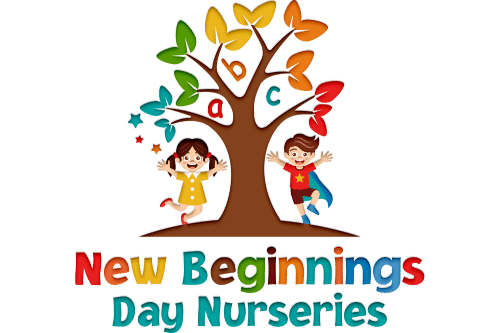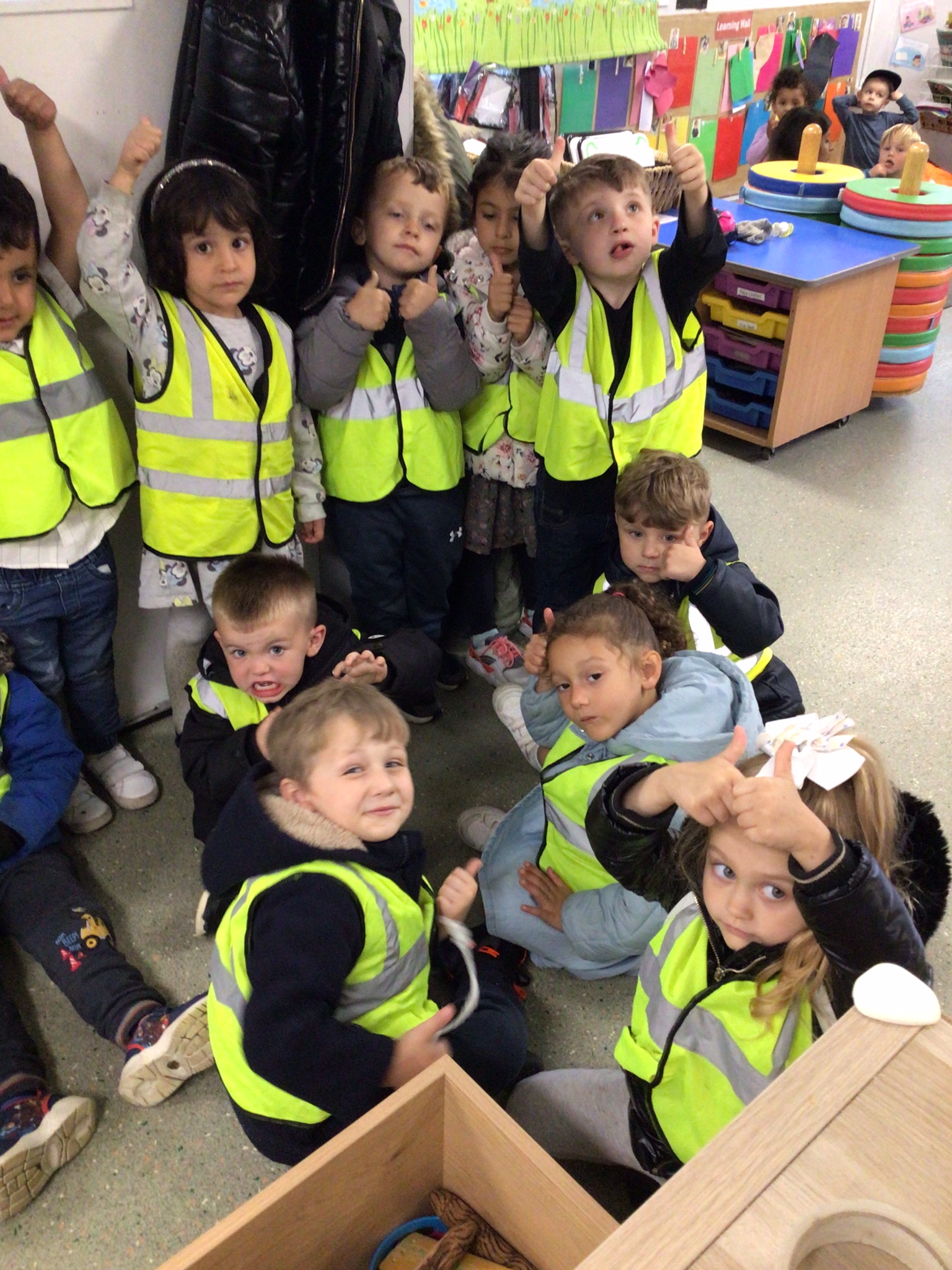📌 Understand Your Child’s Developmental Journey!
Every child grows at their own pace, but understanding developmental milestones can help parents track progress and support their child’s growth. Here’s a breakdown of key areas of development from birth to age 5, along with expert tips on fostering speech, language, fine motor, and gross motor skills.
Key Developmental Milestones (0–5 Years)
Children develop in different areas, including cognitive, social, language, and motor skills. Below is a general guide to what to expect at each stage:
👶 0–12 Months
✔ Physical: Rolls over, sits with support, crawls, and starts to stand.
✔ Cognitive: Recognises faces, explores objects with hands/mouth, responds to name.
✔ Language: Coos, babbles, reacts to voices, and may say “mama” or “dada.”
✔ Social: Smiles at familiar people, enjoys peek-a-boo, and imitates expressions.
🟢 How to Support: Give tummy time, talk to your baby, and encourage movement with toys.
🧒 1–2 Years
✔ Physical: Walks independently, climbs furniture, starts to run.
✔ Cognitive: Follows simple instructions, explores cause-and-effect (e.g., dropping toys).
✔ Language: Uses 10–50 words, starts combining two words (“want toy”).
✔ Social: Shows emotions, enjoys playing next to other children (parallel play).
🟢 How to Support: Read books, label objects, give choices, and encourage safe exploration.
👦👧 2–3 Years
✔ Physical: Jumps, throws a ball, climbs stairs with help.
✔ Cognitive: Sorts objects by shape and colour, understands “big” and “small.”
✔ Language: Forms short sentences, asks “why” questions, understands more words.
✔ Social: Engages in pretend play, learns to take turns, begins showing independence.
🟢 How to Support: Play interactive games, encourage role-playing, and talk through daily activities.
👧👦 3–5 Years
✔ Physical: Hops, skips, rides a tricycle, throws and catches a ball.
✔ Cognitive: Recognises numbers and letters, follows 2–3-step instructions.
✔ Language: Tells short stories, asks lots of questions, uses full sentences.
✔ Social: Plays cooperatively, shares with others, develops friendships.
🟢 How to Support: Engage in storytelling, practice counting, introduce arts and crafts, and encourage outdoor activities.
👉 Reminder: Milestones vary, and some children may reach them earlier or later than others. If concerned, consult a healthcare professional or an early years specialist.
How to Support Speech & Language Growth
Language development is crucial for communication, social interaction, and learning. Here’s how to support it at different stages:
- Talk, Talk, Talk! 🗣️
- Describe what you’re doing (“Mummy is cutting an apple.”).
- Name objects around the house.
- Encourage eye contact and response.
- Read Every Day 📖
- Start reading to your child from infancy.
- Use books with rhymes, repetition, and interactive elements (lift-the-flap, touch-and-feel).
- Ask questions while reading: “Where is the cat? What do you think happens next?”
- Expand on Their Words
- If your child says, “Car,” respond with “Yes! A red car is driving fast.”
- Reinforce proper pronunciation gently instead of correcting forcefully.
- Encourage Turn-Taking in Conversations
- Play games like “Simon Says” to teach listening and responding.
- Have family conversations during meals.
- Limit Screen Time & Promote Social Interaction
- Face-to-face communication is the best way to develop speech.
- Avoid passive screen time—opt for interactive activities instead.
👉 Concerned About Delayed Speech? If your child isn’t babbling by 12 months or using words by 18 months, seek advice from a paediatrician or speech therapist.
Fine & Gross Motor Skills: What to Expect
Motor skills help children explore their world, gain independence, and build strength.
👋 Fine Motor Skills (Small Movements) Development
Fine motor skills involve the hands, fingers, and wrist movements, which help with tasks like grasping, writing, and buttoning clothes.
What to Expect:
✔ 6–12 Months – Grasps small objects, transfers toys between hands.
✔ 12–18 Months – Points with fingers, starts using a spoon.
✔ 2–3 Years – Scribbles, builds small block towers, turns book pages.
✔ 3–5 Years – Uses scissors, holds crayons properly, starts writing letters.
🟢 How to Support:
- Offer stacking blocks and puzzles.
- Encourage drawing and colouring.
- Let them practice zipping clothes and using utensils.
🏃 Gross Motor Skills (Big Movements) Development
Gross motor skills involve large muscle movements like walking, jumping, and balancing.
What to Expect:
✔ 6–12 Months – Rolls, sits, crawls, pulls to stand.
✔ 12–18 Months – Walks, climbs stairs with help.
✔ 2–3 Years – Runs, jumps, kicks a ball.
✔ 3–5 Years – Hops, skips, rides a tricycle, balances on one foot.
🟢 How to Support:
- Give tummy time for babies to strengthen muscles.
- Let toddlers walk instead of always using a pram.
- Encourage outdoor play, climbing, and dancing.
- Play catch and jump rope for coordination.
👉 Monitor Progress: If a child struggles with balance, coordination, or fine motor skills, early intervention can help strengthen those abilities.
Final Thoughts
Understanding your child’s developmental milestones helps you track progress and provide the right support at each stage. While every child is unique, engaging in play-based learning, encouraging speech, and supporting motor skill development will set them up for success.
Would you like personalised guidance on your child’s development? Subscribe to our blog for expert tips and parenting insights!

